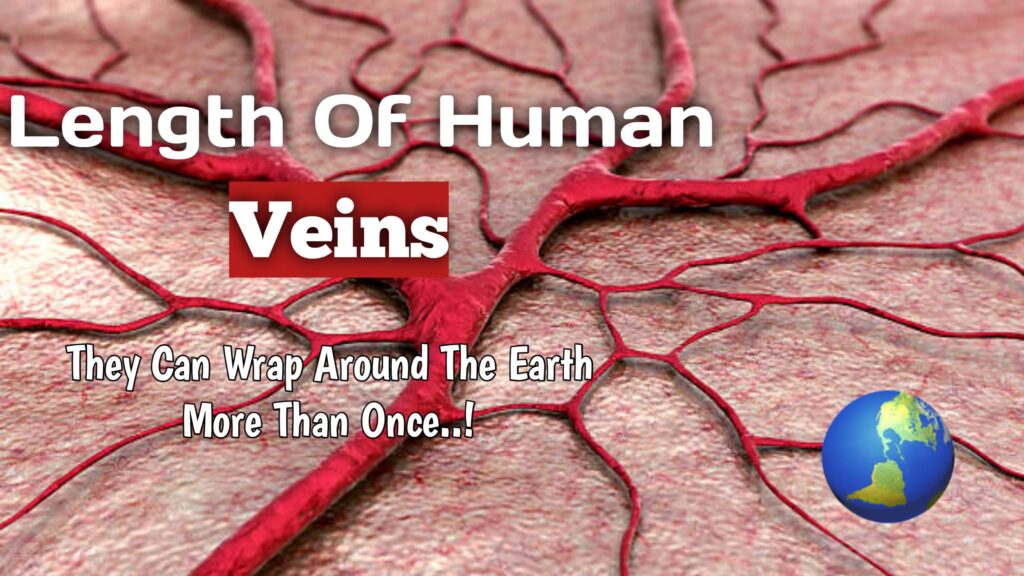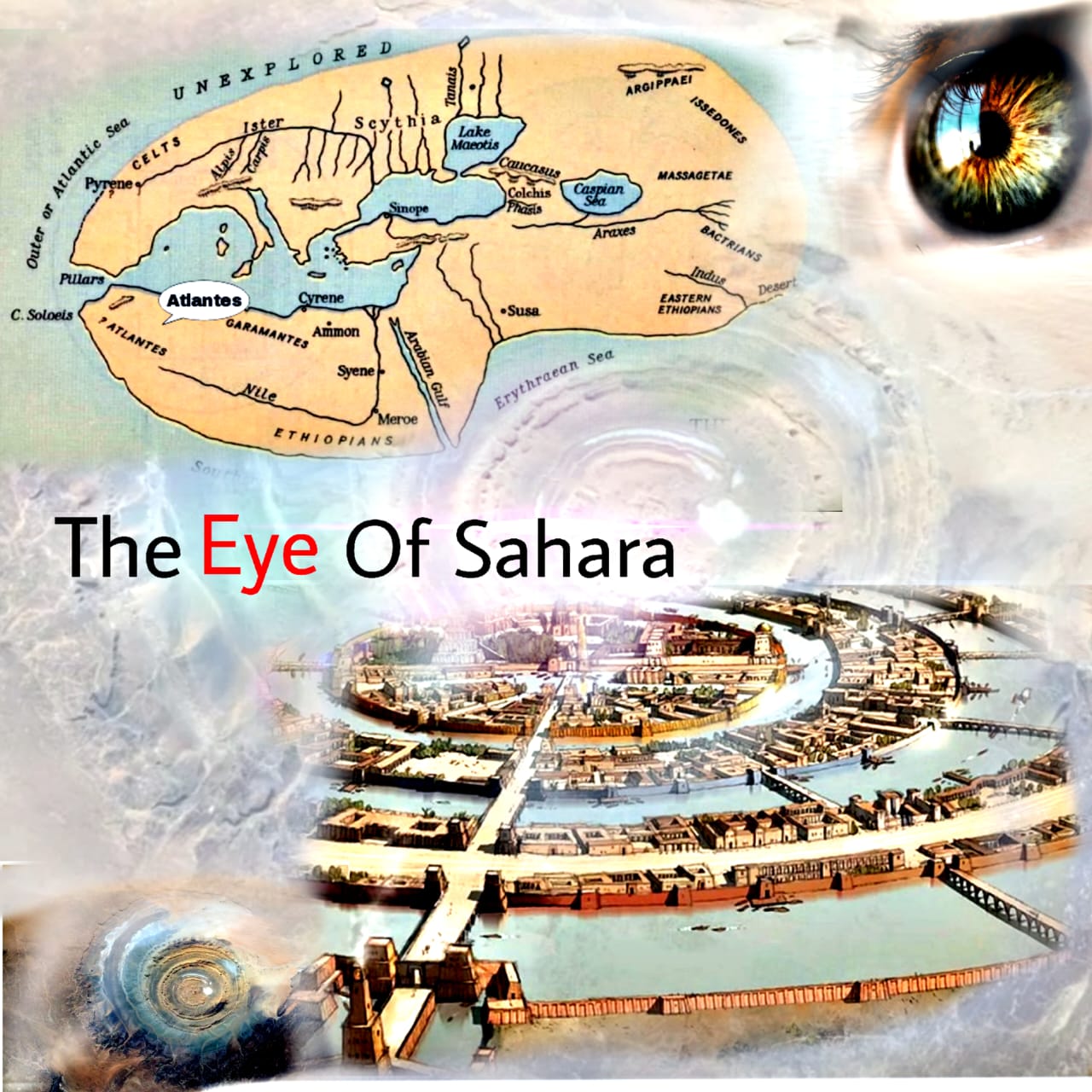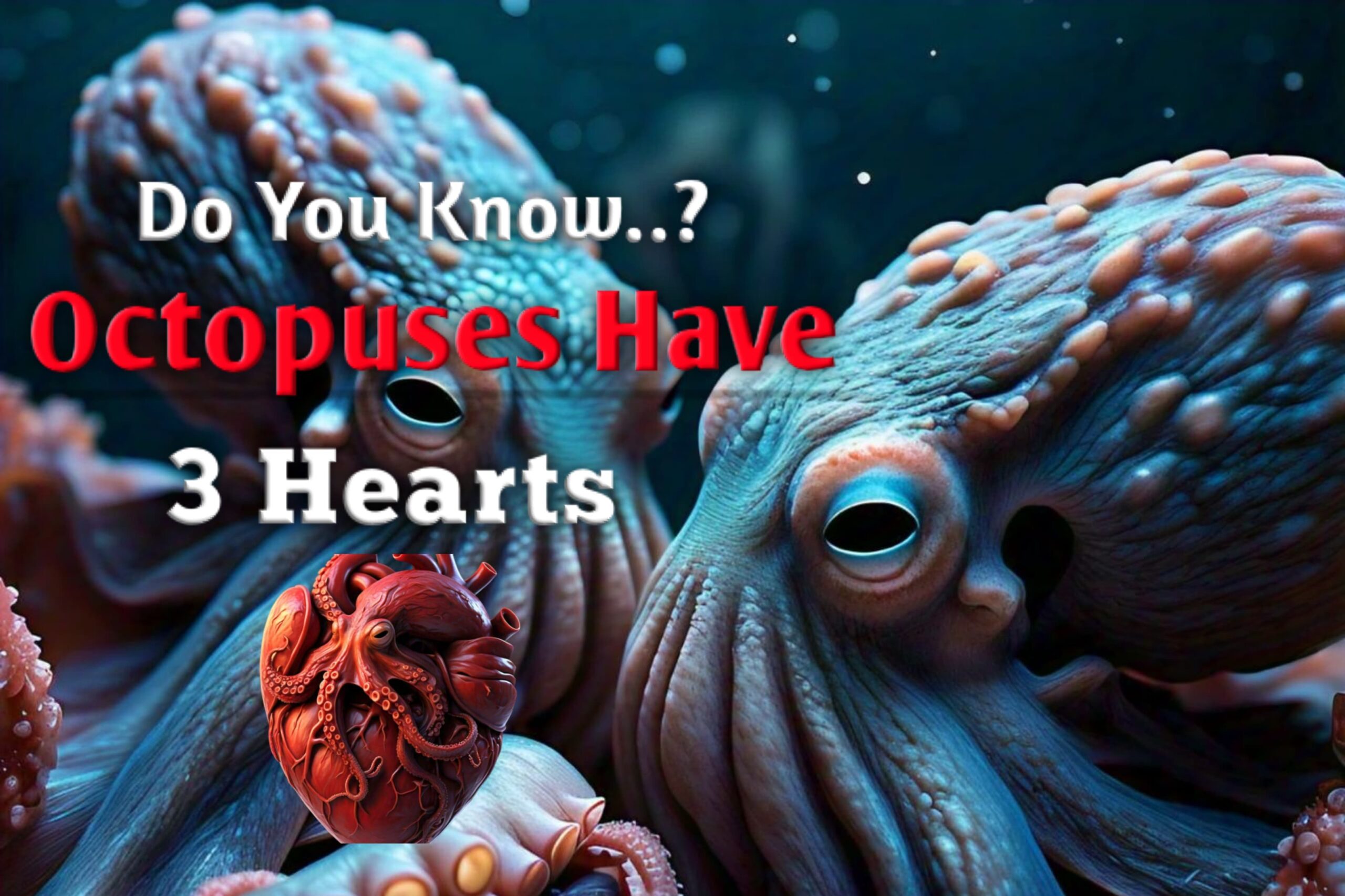The Incredible Journey of Human Veins: A Lengthy Tale
The human body is a complex structure, in which systems and structures work together to keep us alive and healthy. Of these, the circulatory system is different for its complexity and efficiency. In the center of this system are veins, blood vessels that return deoxygenated blood to the heart. But have you ever wondered how far all the nerves of the human body would stretch from one end to the other? The answer is nothing short of surprising.
Veins : The Unsung Heroes of Circulation
Veins are often affected by their parts, arteries, which carry oxygenated blood from the heart to other parts of the body. However, nerves play an equally important role in maintaining your health. They’re equipped with valves that stop blood flow, ensuring that it rotates in one direction toward the heart. This is especially important in the legs, where blood must travel against gravity for it to return to the heart.

Measuring the length of human veins:
Given the large number of nerves and differences between individuals, estimating the total length of nerves in the human body is a difficult task. However, scientists and medical professionals have made some educated estimates based on the average length of nerves in different parts of the body.
On average, an adult has about 60,000 miles (about 96,560 kilometers) of blood vessels, including blood vessels, veins, and capillaries. The nerves become an important part of this. If you just separate the veins, their combined length would be approximately 30,000 to 40,000 miles (48,280 to 64,370 kilometers). From this perspective, the earth’s circumference at the equator is approximately 24,901 miles (40,075 kilometers). This means that if all your veins are in line, they can wrap around the earth more than once!
Lifeline of your body:
A wide network of nerves is essential for our survival. They make it easier for blood to return to the heart, where it can be re-oxygenated and transmitted again. Without nerves, your cells are deficient in oxygen and nutrients, and waste products will accumulate, leading to serious health complications.
research and write by: Avinash Wankhade & Vivek Wankhade
Edit by :Suyog Wankhade
Thank you !






